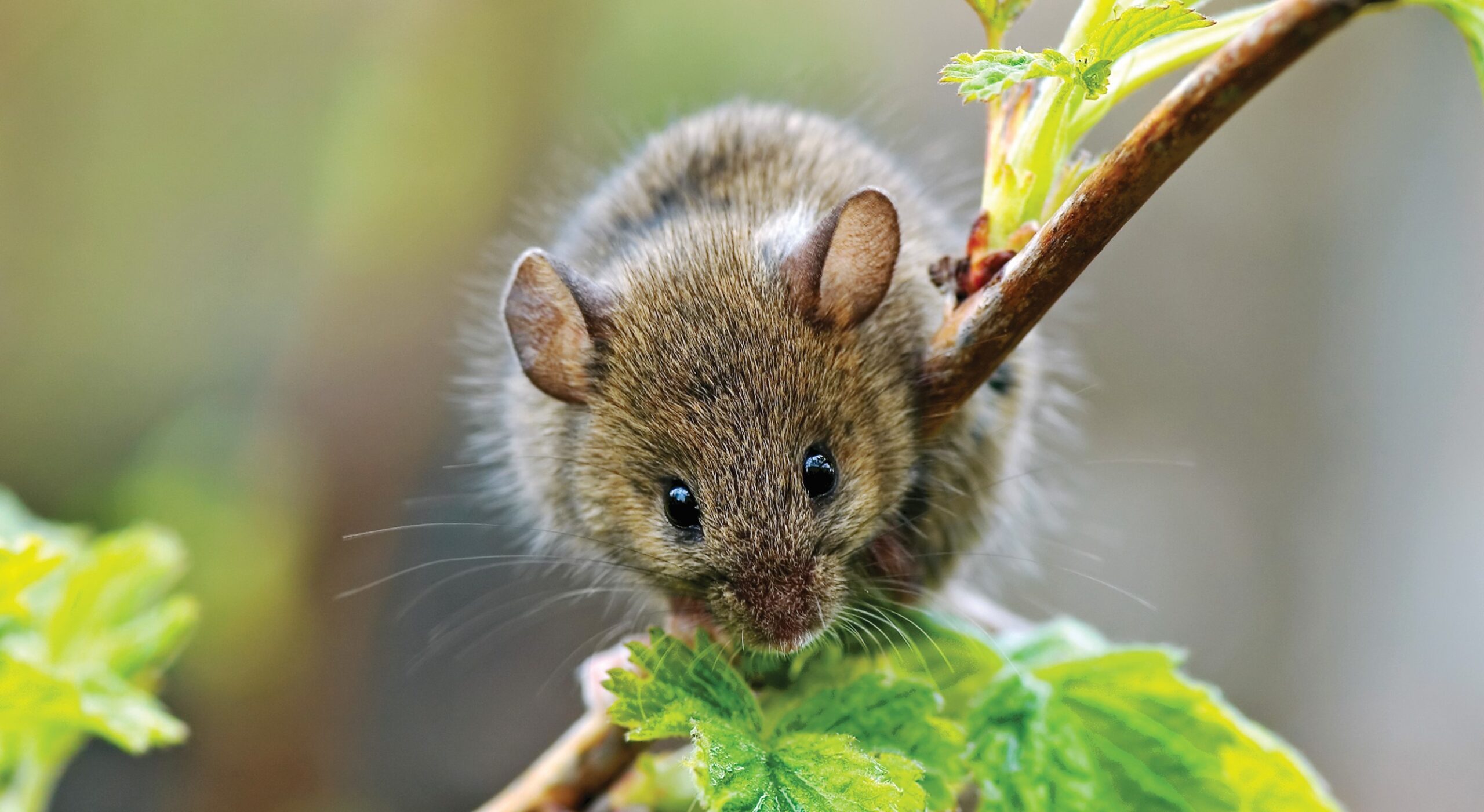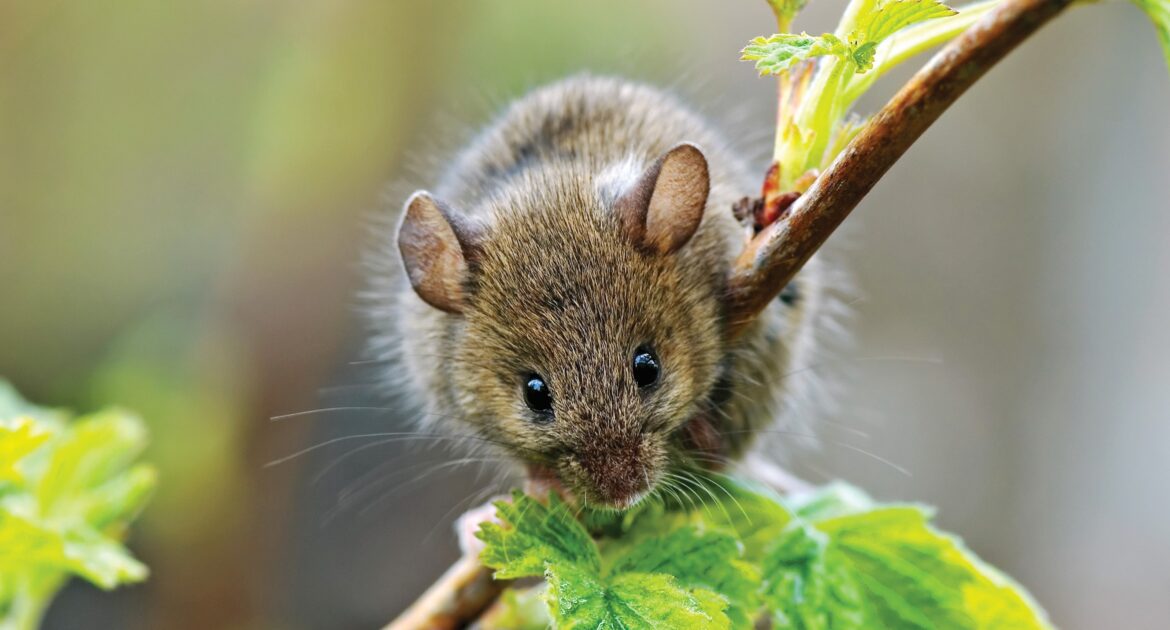Mice may be tiny, but the health hazards they bring with their presence in your home can be mighty. Skedaddle’s wildlife control in Severna Park confronts an array of challenges, amongst them the subtle yet significant threats posed by mouse droppings. Often unseen, these droppings are not mere signs of a nuisance; they are carriers of diseases and pathogens capable of affecting both humans and pets.
Houses become hospitable havens to these rodents due to easily overlooked elements that attract mice – from crumbs in the crevices to warmth during a cold snap. Recognizing the signs of mice infestation early can spare homeowners extensive complications, as these animals are adept at making themselves comfortable in the nooks and crannies of your sanctuaries. It is critical to address these intrusions promptly and professionally, as the risks associated with these unwelcome guests go beyond mere inconvenience, threatening the very health of your household.
The Draw of the Domicile: What Attracts Mice to Your House
Before we can fully appreciate the hazards mouse droppings present, it’s essential to understand the catalysts that bolster their invasion. Contrary to popular belief, your home appeals to mice for reasons that transcend mere warmth and shelter. A variety of factors contribute to your dwelling becoming an unwitting beacon for these pests, compounding into an irresistible invitation.
- Food Sources: Crumbs scattered carelessly, unsealed pantry items, and even pet food left overnight are an epicurean delight for the opportunistic feeder that is the house mouse.
- Cozy Nooks: Clutter-filled and undisturbed spaces provide sanctuary, offering breeding grounds and protection for mouse colonies.
- Easy Access: Cracks, crevices, and poorly sealed entry points are akin to welcome mats, making ingress and egress convenient and unnoticed.
- Favorable Atmosphere: Humid environments with relative warmth are key to optimizing the mouse’s homing instinct.
- Water Sources: Dripping faucets, leaking pipes, and even pet water bowls can attract mice seeking hydration. Again, what might seem insignificant to homeowners is critical for the survival of these rodents.
- Shelter from Predators: Homes provide a safe haven from natural predators. Inside a house, mice are less likely to encounter threats present in the wild, making residential areas particularly appealing for nesting.
- Sense of Community: Mice are social creatures that thrive in communal environments. An established mouse colony within or near a home can be a magnet for other mice looking for social interaction and safety in numbers.
Now that the stage is set, let’s move to the hard-hitting signs that you, despite your best efforts, have succumbed to these rodents.
Early Intrusion Indicators: Detecting Signs of a Mice Infestation
Mice might be small, but they can bring significant problems into your home. Identifying a mice infestation early can save you a lot of hassle and expense. So, how do you know if these tiny intruders have moved in? One of the most obvious signs is mouse droppings. These small, pellet-like droppings are usually found in areas where mice are active, such as kitchen cabinets, pantries, and baseboards.
Another telltale sign is gnaw marks. Since mice constantly chew to keep their teeth sharp, you might notice gnaw marks on food packaging, furniture, wires, and even walls. Fresh gnaw marks are light-colored and darken over time. Mice also build nests using materials like shredded paper, fabric, and insulation. If you find these piles in secluded areas like attics, behind appliances, or inside wall voids, it’s a strong indicator of an infestation.
Additionally, if you hear scratching, scurrying, or squeaking noises, especially at night, it could be mice moving around inside your walls or ceilings. They often leave greasy streaks along their travel routes, created by the oils in their fur rubbing against surfaces. Spotting these signs early can help you take swift action to address a potential mouse problem before it gets out of hand. If you notice any of these indicators, it’s a good idea to contact a professional pest control service to assess and manage the situation.
The Health Perils Lurking in Droppings
Mouse droppings are small and innocuous in appearance, but they harbor an alarming amount of health risks. The inhalation of aerosolized dust from disturbed droppings can lead to infections, such as hantavirus pulmonary syndrome, which can result in severe respiratory distress and even fatalities. Other risks include salmonellosis and rat-bite fever, transmitted through contact with contaminated surfaces.
Mice are incontinent, with a typical mouse leaving anywhere from 50 to 75 droppings per day. This prolific output makes droppings a significant contributor to indoor air pollution, especially when they dry out and turn to dust that can be easily inhaled. For households with young children, the elderly, or individuals with compromised immune systems, the risk is particularly heightened.
The Misguided Myth of DIY Mouse Removal
Dispelling the myth of a successful DIY mouse removal is crucial. For every home remedy and trap set, the odds of effective eradication decrease. The intrinsic nature of a mouse’s behavior, reproduction rate, and adaptability to avoid hazards covertly contribute to the futility of amateur attempts at control.
- Population Increase: Improperly executed strategies can inadvertently lead to a spike in the mouse population, as traps and bait stations become a source of food for wary survivors.
- Structural Damage: Desperation of food and shelter can lead to increased and more aggressive attempts to breach your home, often causing structural damage.
- Health Hazards: The risks associated with handling mice, their droppings, and contaminated areas are not to be taken lightly.
The futility of DIY is not a matter of capability but rather a question of effectiveness. Far-reaching and thorough resolution requires professional intervention.
Choose Skedaddle for Wildlife Control in Severna Park
Skedaddle is more than a name; it is a promise of safety and peace of mind. We understand that mouse control is not merely a matter of removal but extends to ensuring no breach exists for re-entry.
Our thorough inspection processes and integrated control systems encompass humane removal practices, comprehensive exclusion methods, and post-removal sterilization to neutralize all traces of infestation.
The hazards of mouse droppings epitomize the multifaceted threats that a mouse infestation poses. Recognize and react to the signs early. Choose Skedaddle as your partner in reclaiming your home from the stealthy peril of mouse infestations.
Count on Skedaddle for professional, reliable, and humane mouse control solutions. Our dedicated team is equipped with the expertise and resources necessary to secure your home against unwelcome wildlife. Don’t risk the dangers that lurk in overlooked corners. Remember, it’s more than a droppings-dusted issue—it’s about your family’s safety and your peace of mind.
To learn more about our wildlife control services in Severna Park, visit our website or contact us today and take the first step in safeguarding your household. The peace and health of your home are worth the investment, and we’re here to ensure that investment is in the most capable and caring hands.




